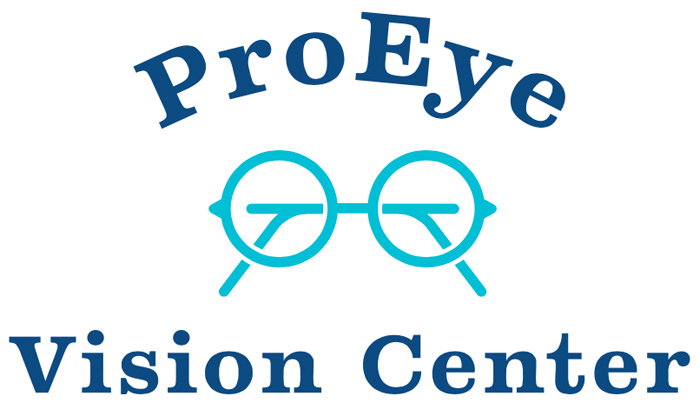If you’ve noticed your child squinting to see distant objects or sitting too close to the TV, they might have myopia, also known as nearsightedness. While it’s a common condition, understanding the long-term risks of myopia in children is essential to protecting their eye health and vision. In this blog post, we’ll discuss what myopia is, its long-term risks, and how you can protect your child’s future vision.
What is myopia?
Myopia happens when the eye grows too long from front to back, causing light to focus in front of the retina instead of directly on it. This makes distant objects appear blurry while close-up objects remain clear. Myopia often begins in childhood and can continue to worsen until the eye stops growing, typically around age 20. Myopia affects around 5% of preschoolers, about 9% of school-aged children, and 30% of adolescents, and it’s on the rise. Children are more likely to develop myopia if their parents are nearsighted, but environmental factors, such as more time spent on close-up tasks, seem to play a role as well.
Managing myopia effectively is especially crucial for children. If left untreated, myopia can worsen over time and increase the risk of serious eye conditions later in life. At ProEye Vision Center, we offer myopia management in Omaha, Nebraska to help slow its progression and reduce the risk of long-term complications.
Myopia can lead to several long-term issues if it’s not managed properly:
1. Increased risk of retinal detachment
High myopia can stretch and thin the retina, raising the risk of retinal detachment. This serious condition occurs when the retina pulls away from its supporting tissue, which can lead to vision loss if not treated promptly. Regular eye exams help detect early signs and prevent severe complications.
2. Higher likelihood of glaucoma
Children with severe myopia have a higher risk of developing glaucoma, a condition that damages the optic nerve and can lead to vision loss. Early detection and myopia treatment are crucial for managing this risk and preserving your child’s vision.
3. Greater chance of cataracts
Myopia, especially its severe form, can also increase the risk of developing cataracts. Cataracts are cloudy areas that form on the lenses of your eyes, causing blurry and distorted vision. A common treatment for cataracts is surgery, but myopia management can delay its onset and reduce the need for early intervention.
4. Vision changes over time
As myopia progresses, your child’s vision may change frequently. This means you’ll need to update their prescription more often. Keeping up with regular pediatric eye exams will ensure their prescription stays current and their vision stays as clear as possible!
How to manage myopia and prevent complications
The first step in protecting your child’s vision is early detection, which is why regular eye exams are crucial. The team at ProEye Vision Center uses advanced diagnostic technology to track the progression of myopia and recommend appropriate treatments. One effective treatment option is soft contact lenses for myopia control, which simultaneously correct your child’s vision and slow myopia progression. If your child is a good candidate for myopia management, we may recommend Cooper MiSight® lenses.
What are MiSight® lenses?
Cooper MiSight® lenses are soft contact lenses designed to slow or halt the progression of myopia in children. Unlike regular contact lenses, MiSight® lenses’ unique design controls how light enters the eye, reducing the elongation of the eyeball that increases nearsightedness. This innovative approach helps keep your child’s vision clearer for longer and lowers their risk of eye health issues later in life.
Contact us today to schedule an appointment and learn more about how Cooper MiSight® lenses and other treatments can help safeguard your child’s vision for the future.





